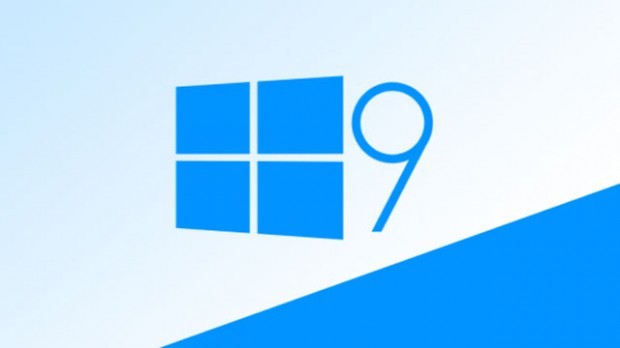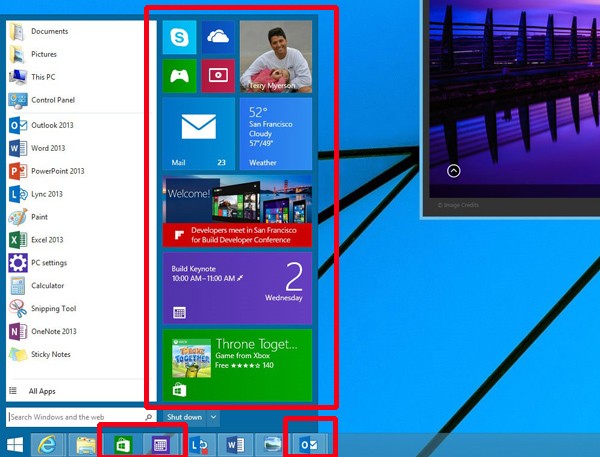Windows 9 Rumours Are In The Air!
Published:

The rumour mills have however begun to churn in earnest and it’s beginning to look as if the next major version of Windows will come to market in 2015. There is very little official talk about the next version of Windows, which we’ll just refer to as Windows 9 for the sake of convenience.
Before we say more, just know that almost any information about Windows 9 at this point could very well change by release time, that is if the info was accurate to begin with. Many of the details being reported by the technology press come from unofficial sources who are not affiliated with Microsoft.
The most obvious change from Windows 7 it seems is in the UI. While Microsoft is probably not going to do a u-turn on its touch screen driven strategy, the new version of Windows seem to concede that the schizophrenic split between between the traditional desktop and tablet-like Metro UI wasn’t the resounding success that had hoped. Shots of what are presumed to be from early builds of Windows 9 show a type of hybrid Start Menu that incorporated elements of both the old Start Menu and the Windows 8 Metro menu. Although this may also be from the Windows 8.2 update, which still means it is like to appear in Windows 9.

The growing mobile market has clearly caught Microsofts attention and so it seems as if the power management of Windows 9 will be significantly advanced compared to its predecessors. Taking advantage of modern CPU features that can virtually turn off circuitry when idle as well as innovations in the code. The other effect of this shift to a focus that also includes smartphones and tablets is the push for one unified Windows platform across all devices. Making it possible to write one “universal” Windows application that runs on everything. Windows 9 may very well be the first step to that unified platform dream.
There are a number of other speculated features such as better cloud integration, gesture support and windowed Modern UI apps, but the most interesting thing about Windows 9 might very well be how it is sold. According to some sources Windows 9 might be sold using a subscription model in the same vein as Office 365. It’s even been suggested that the base OS will be free with users paying for specific features.
Nothing we have heard about Windows 9 so far is directly of significance to the professional computing and workstation sector, but the new pricing model might very well make the new Windows a real alternative to clients that need multiple OS licences and have thus far opted for Linux. Price is of course not the only deciding factor by far, but it might be an interesting wrinkle.
Our Intel and AMD workstations have always sported the latest in software and we expect the new version of Windows to have better support for multithreading and perhaps even OS-level GPU compute support, although we have seen nothing to indicate this as yet. Rest assured however that we’ll get our hands on a preview copy as soon as possible and start benching the new software. By some account we may even see a preview build release before the end of 2014, so watch this space.